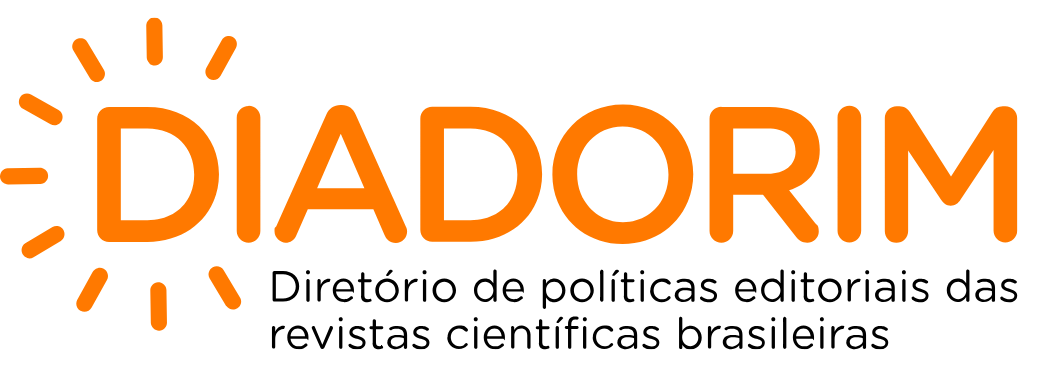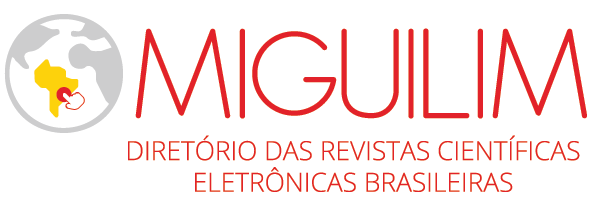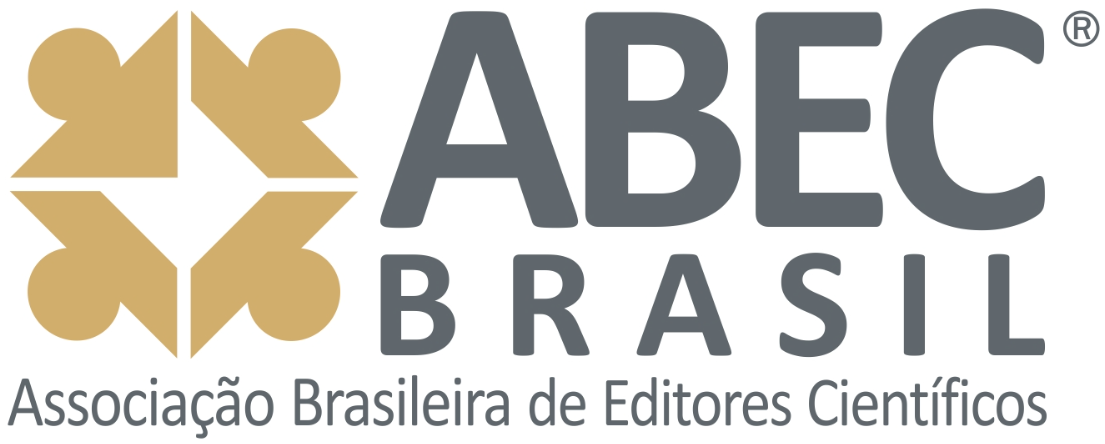Submissions
Submission Preparation Checklist
As part of the submission process, authors are required to check off their submission's compliance with all of the following items, and submissions may be returned to authors that do not adhere to these guidelines.- The submission has not been previously published, nor is it before another journal for consideration (or an explanation has been provided in Comments to the Editor).
- The article could not have been published in any other journal.
- The article must be submitted in Word format. The author should attach an anonymous article that will be sent for evaluation and a second copy with the article with the authors' identification. The text must be justified, typed in Time Calibri, size 12, with 1.15 spacing and 1.5 cm margins.
- During the article submission process, it is mandatory to include the ORCID ID. The ORCID identifier is obtained free of charge at: https://orcid.org/register.
- The approved article is property of BioscHealth, and its subsequent publication in other media, both print and online, is not allowed.
- After the article is approved, no changes in the authors' names will be allowed.
- Authors who wish to reproduce any figure, table, or text from another source must obtain permission from the copyright owner(s). This evidence of permission must be included upon submission of the article.
- Papers involving research on human beings or animals must have ethical approval. In addition, a Certificate of Ethical Approval must be submitted.
- The paper that does not conform to the journal guidelines or if metadata is not filled out correctly during the submission process will NOT be considered for peer review and will be returned to the authors.
- Authors are expected to submit a Statement of Authorship Contributions, as an example of participation in the development of the paper, drafting and writing of the textual chapters, formatting, final proofreading, and author approval.
Copyright Notice
By submitting, authors declare not to have submitted the paper to another journal and agree to have their article published under Creative Commons Attribution 4.0 International BY License (CC BY 4.0). The authors hold the copyright and all publication rights with no restrictions, transferring the copyright to the publisher. Scientific, orthographic, and grammatical content is the responsibility of the authors.
Privacy Statement
The names and email addresses entered in this journal site will be used exclusively for the stated purposes of this journal and will not be made available for any other purpose or to any other party.








